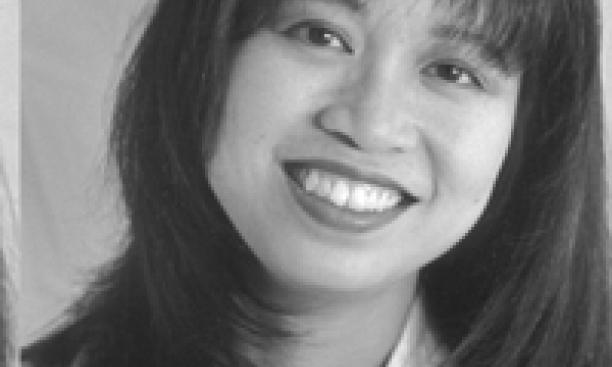
Looking for a good read? PAW asked some professors for their recommendations.

Acting Chair, Department of English
Professor in the Center for African American Studies
MY FAVORITE PLEASURE READS:
The Palm at the End of the Mind by Wallace Stevens
Praise by Robert Hass
Asking a professor of literature what is her favorite book to read is bound to incite feelings akin to panic because the de-selection process seems impossible. But there are two books of poems on my nightstand, because I return to them repeatedly over the years. One is Wallace Stevens’ The Palm at the End of the Mind, and the other is Robert Hass’ Praise. There are many books to love but only a few in one’s lifetime that shift the fundamental tectonic plates of one’s mind; these are two such books for me. Reading them changed what I thought poetry could be. They show me how lyricism can fuse into serious philosophical inquiry, and they remind me of the profound rewards and pleasures of being a reader.
MY FAVORITE BOOK TO TEACH:
This is a really difficult question because there are so many books that I love to teach for different reasons: Ralph Ellison’s Invisible Man because that book has haunted me since I was 16; William Faulkner’s Go Down Moses because I can read that book out loud over and over; Samuel Beckett’s plays for their unexpected humor and compassions; Toni Morrison’s Bluest Eyes because it speaks the ineffable; and so much more. But to make my task here easier, I will say that my favorite book to teach this past year has been Kenji Yoshino’s Covering: the Hidden Assault on Our Civil Rights, a memoir/legal study of the problem of individual autonomy in an age of identity politics. This thoughtful and passionate book spoke to my students on many levels: to their shared sense of the demands and injunctions of social acceptance; to their interests in the fraught confrontation between our legal system and the cultural and affective histories that it attempts but fails to address. The book also modeled for the students forms of courage: from the courage of self-knowledge to the courage of writing against the grain.
More Good Reads recommendations: Samuel S. Wang, Anthony Branker ’80, Michael G. Littman, Jill Dolan.
